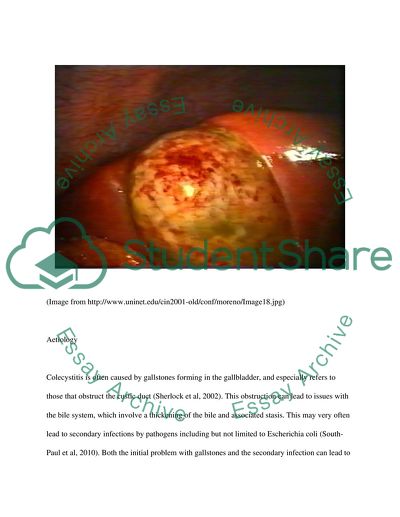Cite this document
(Cases of Bile Duct Blockage and Subsequent Acute Cholecystitis Case Study, n.d.)
Cases of Bile Duct Blockage and Subsequent Acute Cholecystitis Case Study. Retrieved from https://studentshare.org/health-sciences-medicine/1580633-acute-cholecystitis-case-study
Cases of Bile Duct Blockage and Subsequent Acute Cholecystitis Case Study. Retrieved from https://studentshare.org/health-sciences-medicine/1580633-acute-cholecystitis-case-study
(Cases of Bile Duct Blockage and Subsequent Acute Cholecystitis Case Study)
Cases of Bile Duct Blockage and Subsequent Acute Cholecystitis Case Study. https://studentshare.org/health-sciences-medicine/1580633-acute-cholecystitis-case-study.
Cases of Bile Duct Blockage and Subsequent Acute Cholecystitis Case Study. https://studentshare.org/health-sciences-medicine/1580633-acute-cholecystitis-case-study.
“Cases of Bile Duct Blockage and Subsequent Acute Cholecystitis Case Study”. https://studentshare.org/health-sciences-medicine/1580633-acute-cholecystitis-case-study.


